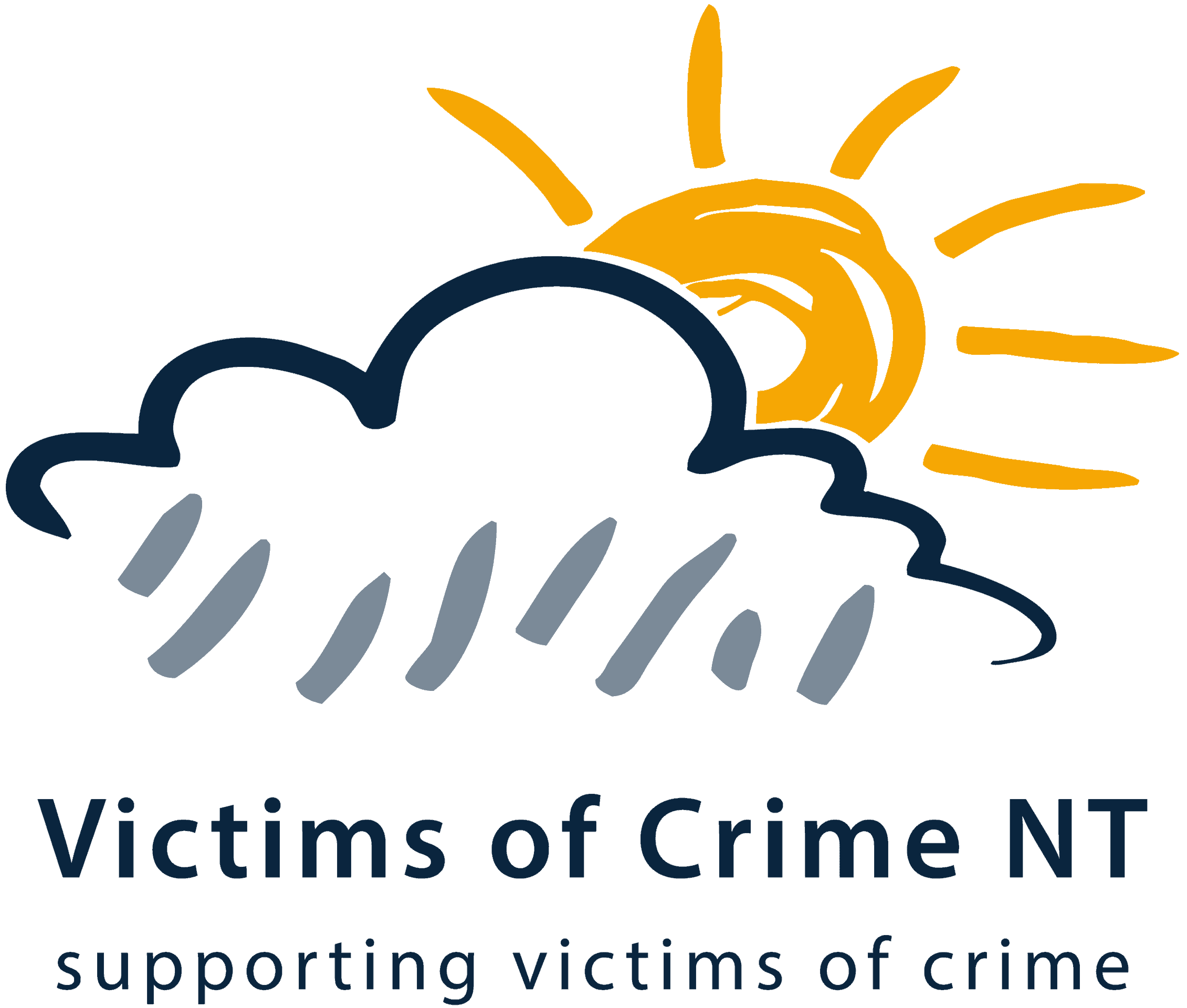Victims of Crime NT embraces the Sanctuary model, striving to create a trauma informed community of care for all people engaged with and connected to our organisation. Sanctuary acknowledges adversity as a universal experience and prioritises the building of a safe environment to promote healing, learning and growth.

What is Sanctuary?
The values of Victims of Crime NT – Respect, Integrity, Commitment, Equity and Professionalism, are brought to life with the Sanctuary Model.
The Sanctuary model encourages us to rethink the way we work. It supports our team to form healthy communities and create a culture that prioritises safety and wellbeing at every level within our organisation.
Sanctuary creates an understanding that adversity is universal, and how past adversity can continue to have an impact throughout life. It recognises that trauma has an impact not only on the people who have experienced it, but also on the staff who work with them, and on our organisation.
At VoCNT, we support Territorians who have been impacted by crime. In the implementation of Sanctuary, this means in the delivery of all our services, we are committed to creating safety in a range of ways to enable healing, recovery, and growth to happen.
Sanctuary applies to everyone at VoCNT; from our volunteers at the local court, staff supporting victims in crisis or conducting home security assessments, and even [TRUNCATED?]
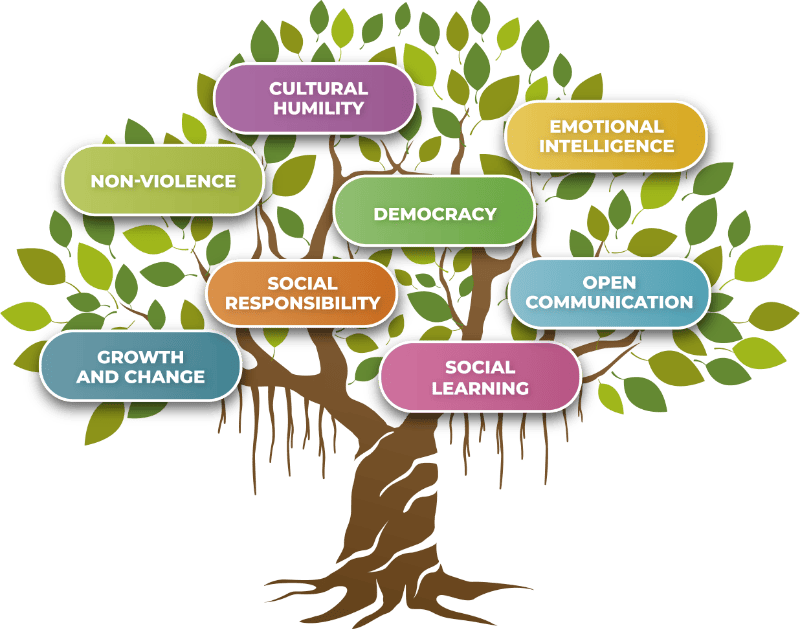
Sanctuary's key domains

Understanding trauma
Shared knowledge
Promoting resilience by educating and empowering individuals to understand and implement trauma theory.

8 commitments
Shared values
The Sanctuary Commitments provide the backdrop for creating value-driven environments where individuals embrace growth and change.
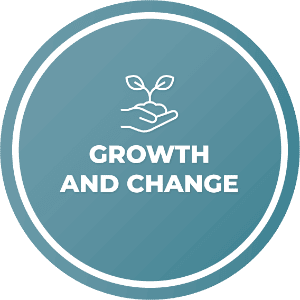
We acknowledge loss, are open to new ideas and are hopeful for the future

We are honest and say what we mean with kindness
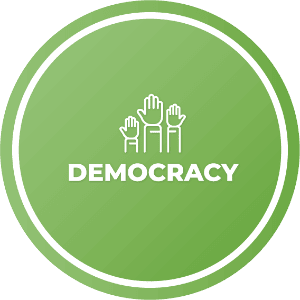
All voices and views are heard and respected
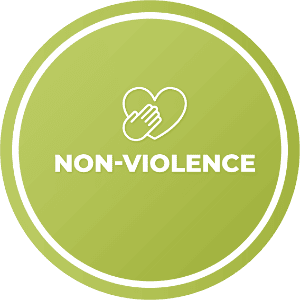
We use unconditional care to stay safe and allow others to feel safe
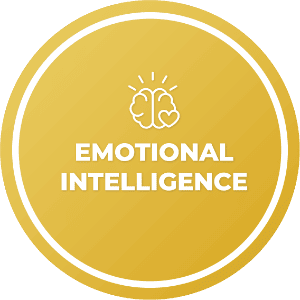
We manage our feelings, so we don't hurt ourselves and others

We help each other and take responsibility for our actions

We are curious and learn from each other and from our difficulties

We accept change with cultural difference and do our best to reduce power imbalances

SELF framework
Shared language
By utilising the S.E.L.F (Safety, Emotion, Loss and Future) Framework as a problem-solving resource, organisations can safely navigate complex situations and actively promote client, staff and team wellbeing.

Tools
Shared practice
The Sanctuary Toolkit comprises a range of practical skills that enable individuals and organisations to more effectively respond to difficult situations, build community and develop resilience to cope with adversity and trauma. Some of these are Community meetings, Safety Plans, Self-Care Plans, Sanctuary Core Team, Red Flag Meetings.

